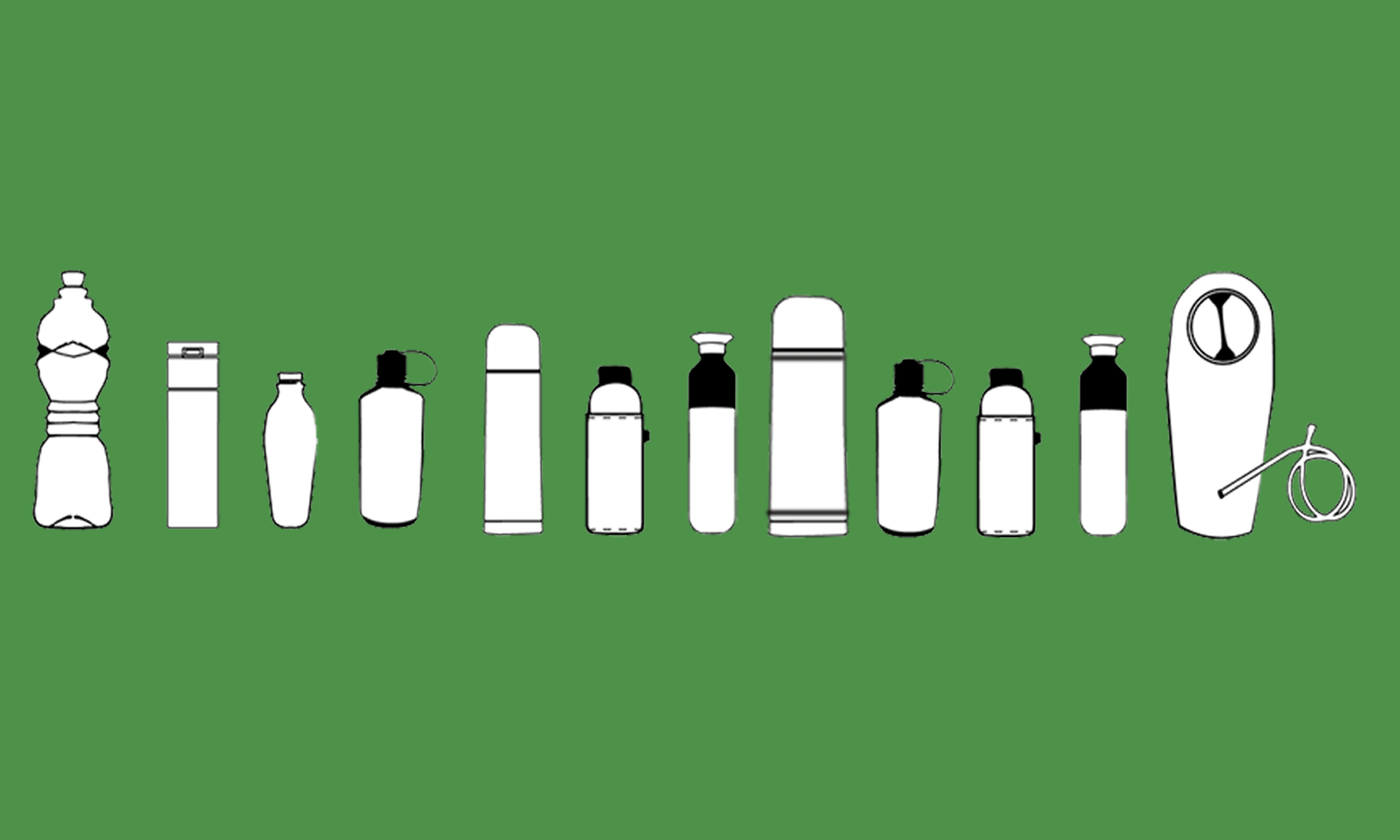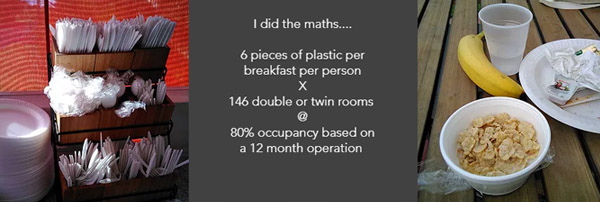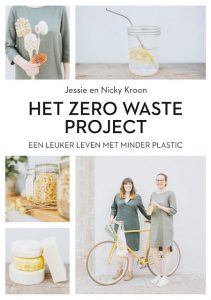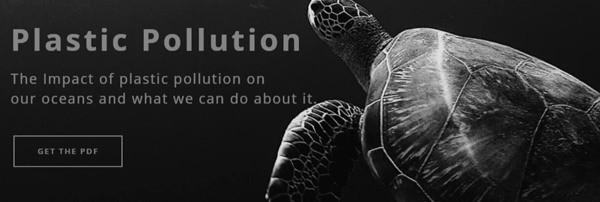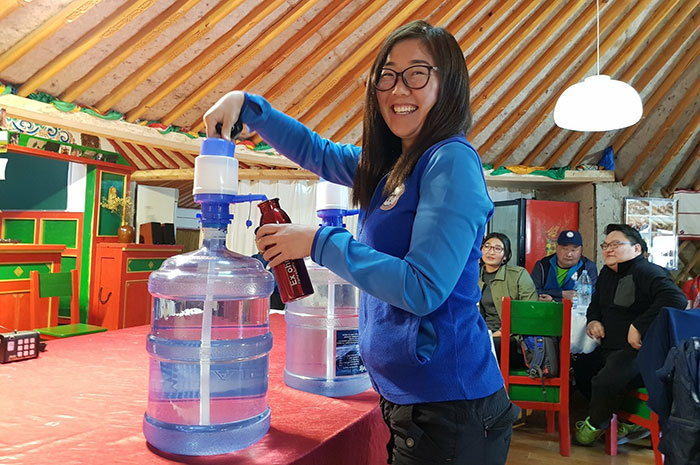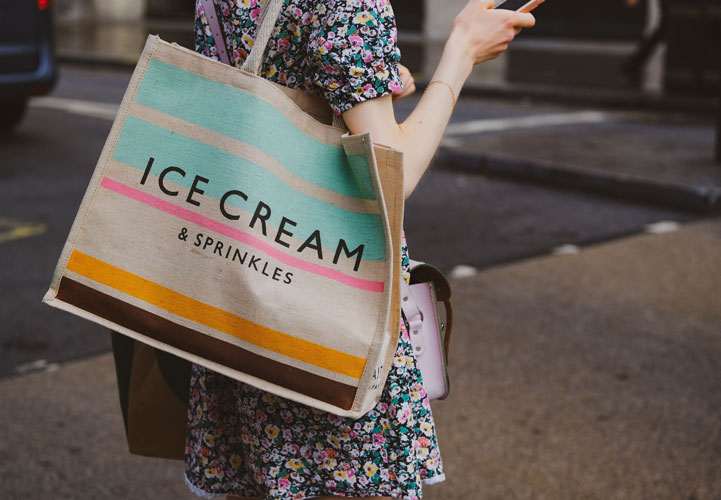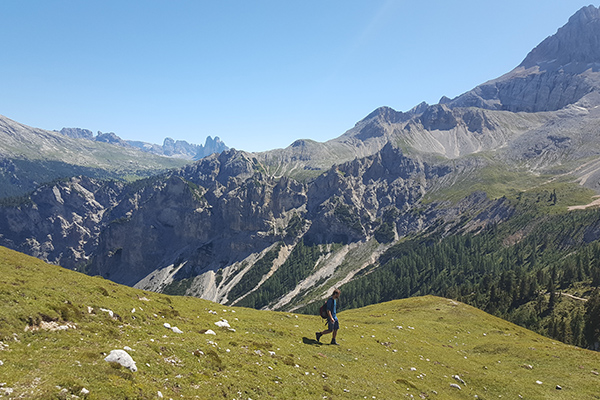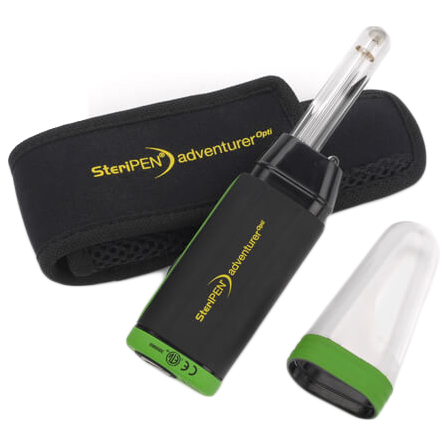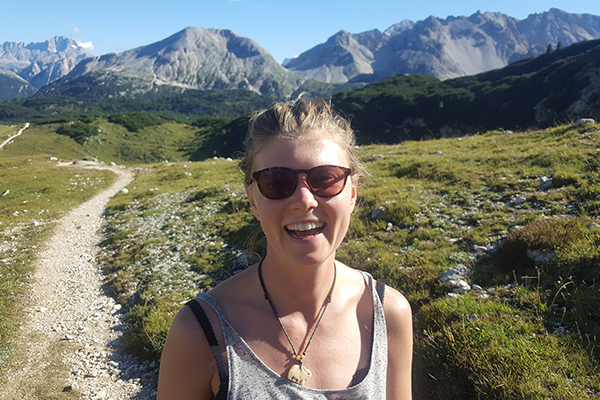Last week, the recent water crisis in Harare hit the news. Journalists report Zimbabwe’s capital has one week’s supply of clean water left. A very undesired situation, which we hope to be solved soon. Luckily, we also received positive messages from the African continent: The ITF-International Transformation Foundation is constructing new water kiosks and refill stations in Kenya and Rwanda. We asked 5 questions to Venuste Kubwimana, Secretary General at ITF.
INTERVIEW WITH VENUSTE (VENU) KUBWIMANA, ITF
1. Can you tell us a bit about drinking water in your country?
In sub Saharan Africa access to safe drinking water is one of the main challenges to so many people. In 2013 ITF members worked together in their respective countries research project on “sustainable clean drinking water system”. The main insight gained was, all communities wished on an improved water system.
Most rural/poor communities do not have a working tap water system at all, prompting school-going children and women to walk very long distances to secure water from neighbouring communities’ wells/ rivers which is also dirty.
2. How did you start this refill campaign?
Ironically in urban areas, the single use of plastic water bottles is common, since it is the only source of clean drinking water for those who can afford, but on the other hand it promotes littering within the cities.
That’s how our campaign with Join the Pipe started. With “a water kiosk at school” as the solution for rural/poor communities and “Public drinking tap water/refill stations” for urban areas.
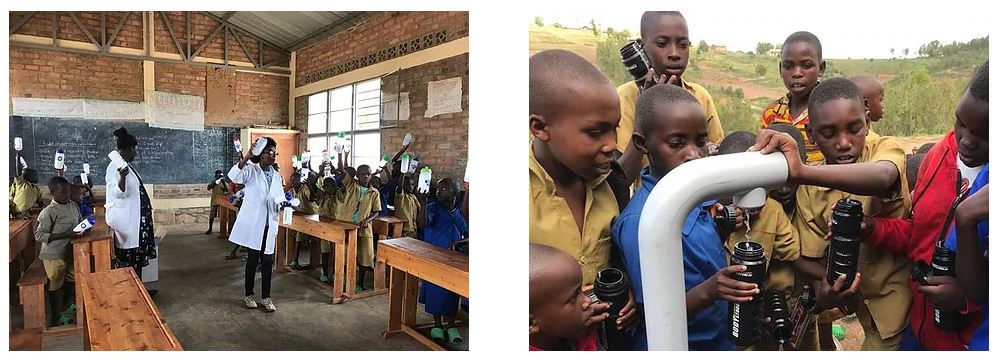
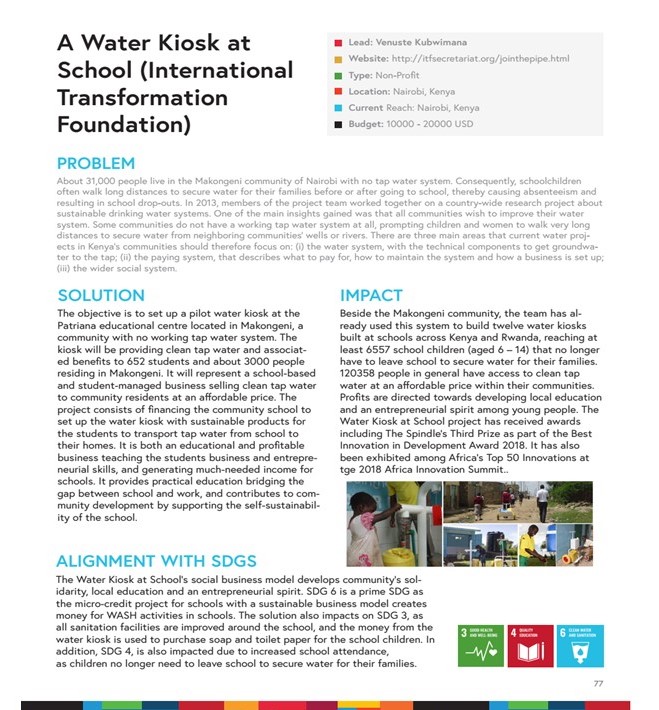
3.. What is your role in this project?

As ITF founder and Secretary General I’m ultimately responsible of the project. ITF is an international youth-led non-profit organization providing youth educational and self-development programs encompassing leadership and entrepreneurship to harness creativity for a youth system that provide jobs, offers security, opens opportunities to grow and contributes to the development of communities.
4. How many people have you reached so far?
Thus far we have built 12 water kiosks in community-based schools across Kenya and Rwanda providing clean drinking tap water and sanitation to 6541 students and 120358 community residents. Furthermore, the water bottle bikes are still being used.
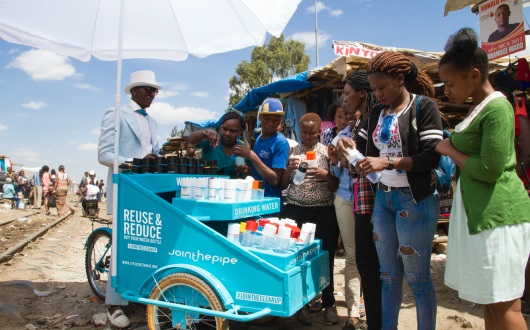
5. Really cool. Last question! Do you have tips how people in Africa can reduce the amount of single-use-plastic bottles?
I think companies that sell water and sodas are the biggest distributors of single use plastic bottles. It’s very evident in our drainage systems when it floods it is plastic bottles from these companies that float all over. If these companies adopted multi-use plastic bottles then that would reduce the pollution or they could have a recycle program for these bottles.
Otherwise it is up to us consumers to boycott these companies and their single use plastic as now although not many as needed there are option/alternative for tap water refill stations that promote usage of multi-use bottles.
READ MORE
Venuste Kubwimana is an award-winning youth activist and social entrepreneur based in Rwanda and Kenya. Do you want to get to know Venuste? Check out his website.
Find more pictures on facebook.
Do you have tips or questions for Venuste? Leave your comment behind!
